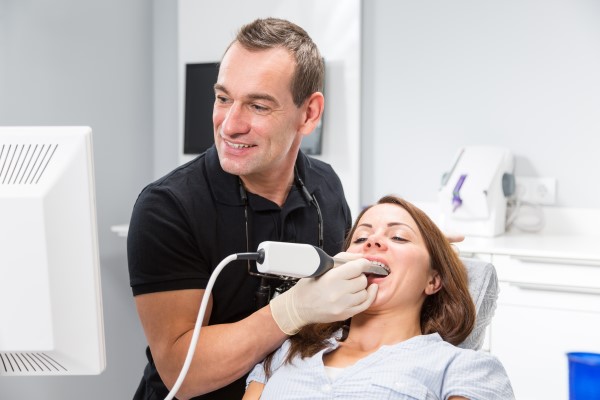Teeth Bleaching FAQ – What Causes Brown Teeth?

Teeth bleaching can correct brown teeth. This common dental problem is the result of many factors. The cause of your brown teeth may either be external or internal. If you want to know more about the common causes of brown teeth, here are the facts.
Tobacco consumption
This is a common cause of external dental staining. Tobacco has tar and nicotine, and the porous surface of teeth absorbs these substances. It causes brown or yellow discoloration. Nicotine is a colorless compound. It produces yellow color when it interacts with oxygen. Here are some of the common sources of nicotine:
- Cigars
- E-cigarettes
- Regular cigarettes
- Pipe tobacco
- Chewing tobacco
Consuming e-cigarettes with e-juice can also stain teeth. Some smokers can develop brown teeth because of their inhalation method. Chewing tobacco results in a dark brown liquid. It stains teeth more the longer this dark liquid stays in the mouth. The dentist can perform teeth bleaching to remove the brown color on teeth.
Decaying teeth
This condition starts when the enamel starts to break down. Plaque always forms on teeth. It destroys the enamel if the person does not brush right away. This then makes the teeth brown. It also contributes to the formation of cavities.
Aging process
Teeth get spotty and dark as people age. Several factors contribute to this natural process as well. Tobacco and staining foods or drinks can leave heavy surface staining. The darkening of dentin and enamel thinning can result in brown-colored teeth as well. The dentist can check if teeth bleaching can still correct the problem.
Staining drinks and foods
The porousness of teeth allows staining foods and drinks to leave their mark. Yellow, brown, and even gray discolorations can result from consuming staining drinks. Dark tea, coffee, cola, and red wine are common colored drinks. Eating blueberries, dragon fruit, blackberries, and raspberries can stain teeth as well. In-office teeth bleaching can remove the stains.
Dental calculus
Tartar or dental calculus is hardened plaque. This crusty dental deposit attaches along the gumline. It tends to trap stains, which results in brown- or yellow-colored teeth. The presence of dental calculus makes it difficult to remove new plaque and food particles. Aging often results in faster tartar formation. The dentist can provide teeth bleaching and regular cleanings to reduce or remove the staining.
Dead or dying tooth
Decay leads to the penetration of more bacteria into the tooth. This may result in pain, bad odor, bad taste, swelling, and a pimple on the gum tissue. Sometimes, there is no pain, which allows the tooth to continue degrading. A decaying tooth unable to receive treatment results in tooth death.
The tooth becomes darker. Black, yellow, or gray discoloration happens. This color change is proof of dying red blood cells. It is like bruising on the skin. Other treatments aside from teeth bleaching can resolve this dental issue.
Teeth bleaching can help you regain whiter, younger-looking teeth
Dental staining may result from external or internal factors. A consultation with your dentist can determine what treatment can help deal with this dental issue. Teeth bleaching may still be an option if most of the discoloration is superficial. Deeper stains may need another corrective treatment.
Are you considering having teeth bleaching in the Scottsdale area? Get more information at https://sonorandesertdentistry.com.
Check out what others are saying about our services on Yelp: Teeth Bleaching in Scottsdale, AZ.
Recent Posts
A great smile can improve your confidence, but a poor one can have the opposite effect. Dental veneers may be the answer if you are struggling with the quality of your smile. Read on to learn how they can transform not only your smile but your confidence as well.People avoid smiling altogether when they do…
Those wishing to change multiple aspects of their smile can benefit from dental veneers. They are an all-in-one cosmetic treatment that can address multiple aesthetic concerns. Not only can veneers fix multiple cosmetic issues in just a few dental appointments, but also they can give you a stunning new smile you are excited to show…
An Invisalign dentist offers patients a clear, step-by-step treatment plan that transforms smiles while maintaining comfort and convenience. This orthodontic option uses a series of custom aligners to gradually shift teeth into ideal positions, with progress monitored at regular intervals. Understanding the treatment process month by month helps patients prepare for each stage and stay…
Dental veneers and dental crowns are restorations that can change the appearance of your teeth. Though they are different procedures, people often confuse the two. This article will review the key differences between crowns and veneers to help you better understand which procedure is right for you.A dental veneer is a thin covering for a…


